The easiest and budget option for wall decoration is considered to be plaster. Thickness is the most significant indicator that affects the next operation of the structure.
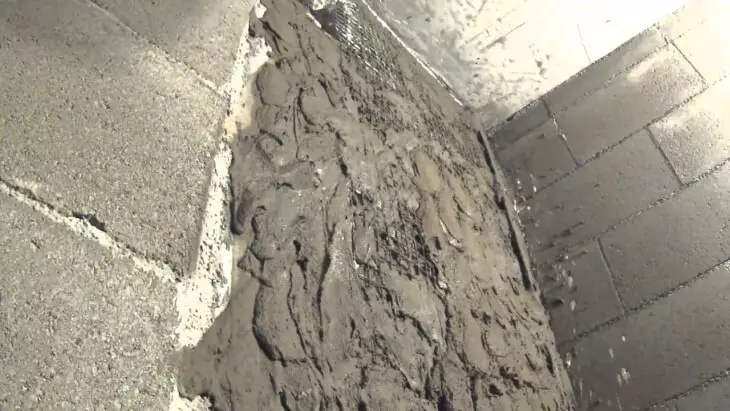
Drawing a large layer of plaster
Plaster layers are applied not only indoors, but also outside. The coating on the outer wall protects the building from the penetration of moisture into it through the seams that are formed during the construction site. Also, the thickness of the plaster layer helps to correct all the irregularities on the surface, thereby preparing it to further repair work.
How to choose the plaster?
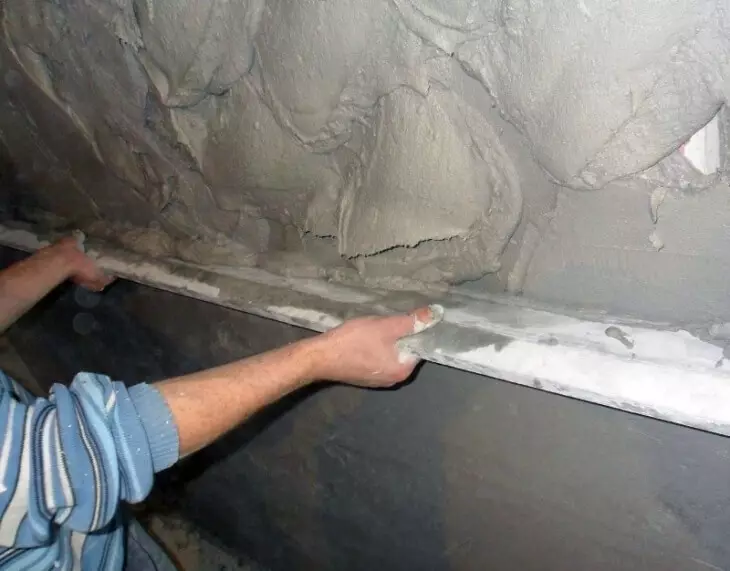
Big layer plaster
Properly selected composition, and the main layer of plastering is the main indicators.
For the outer decoration, cement solutions are used, which are distinguished by their density and moisture resistance, and the thickness of the applied coating should not be less than 1 cm.
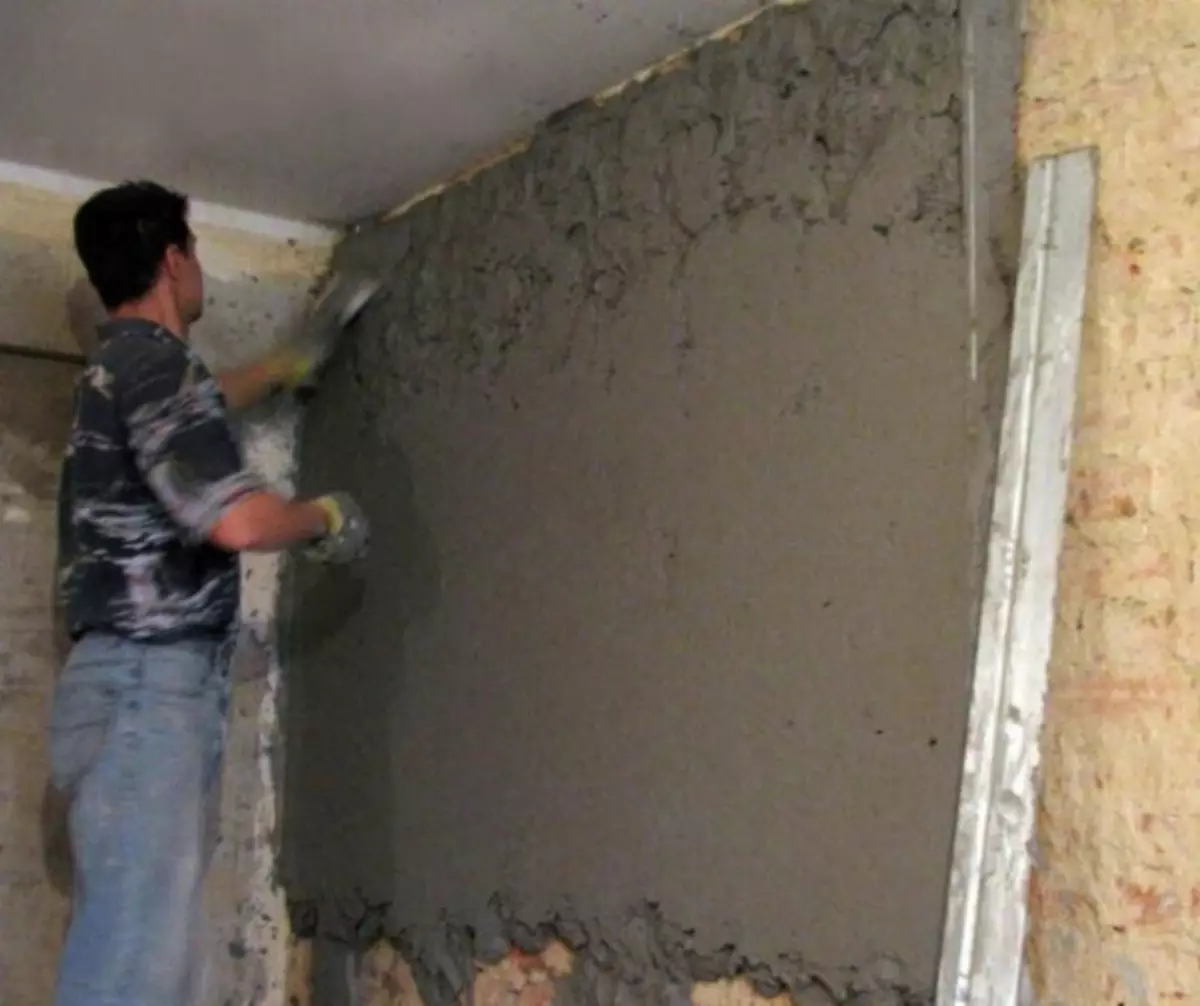
Plaster with a big layer
If the plastering layers make up more than 1.2 cm, it is better to use a metal grid that will help them better bage with each other and the wall itself. Its density can be large (for leveling possible surface irregularities), as well as fine, it all depends on the architectural features of the structure.
For work indoors, builders prefer more porous and warm materials, such as plaster, lime, etc. compared with cement solutions, they have faster rates of drying, but, unfortunately, they do not have sufficient strength and resistance to damage. Solve only to you, which is more important, strength or speed.
Preparation of the surface before plastering
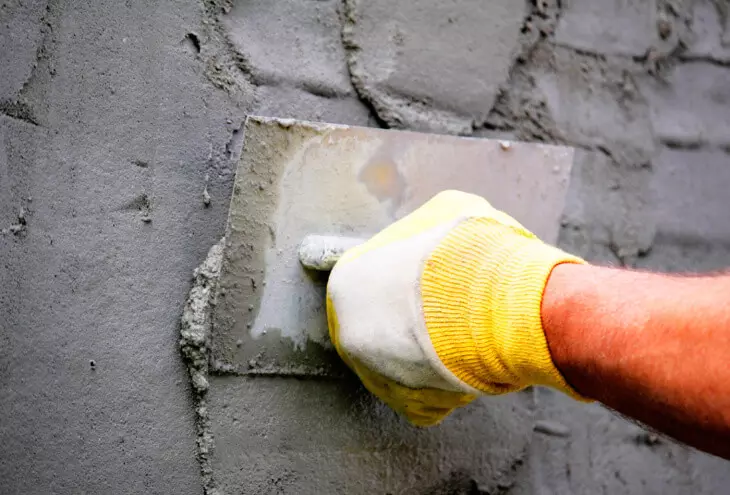
Plastering a wall
Preparatory work is a rather laborious process, but without him anywhere. These works include:
- surface cleaning (sometimes removal of a frozen cement mortar that remains on the wall since its construction);
- suture work;
- Coating structures with primer mixtures to increase the level of adhesion (the solution is applied only on the walls purified from fine garbage).
So that the plastering solution went smoothly and firmly fastened with the surface you can use construction lighthouses. They are fixed on the walls, and pouch with a water level applied in different places to the surface.
Stages of applying plaster layers
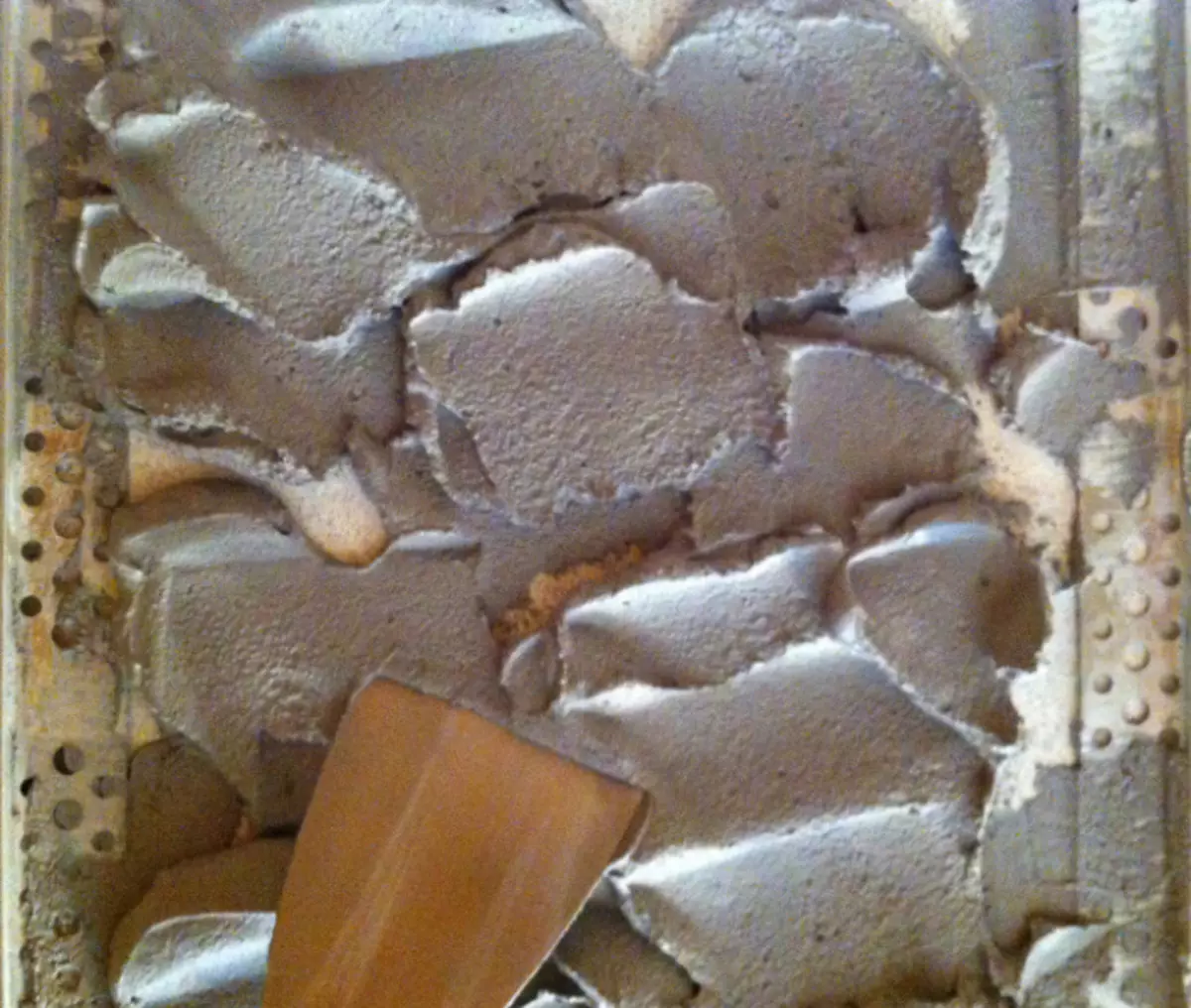
Plastering the wall in the apartment
Article on the topic: How to connect the passage switch (light control of two or more points)
Proper plaster consists in a special priority of work, which are concentrated on the coating of structures with a solution.
The application of the plaster mixture occurs in 3 tiers, each of which is characterized by its thickness:
- spray;
- applying soil;
- Application of the corrupt layer.
The permissible thickness of the first tier of the solution varies in the region of 3-5 mm. The spray can be applied personally, or take advantage of special equipment. If this tier will apply a building machine, its thickness can be brought to 9 mm.
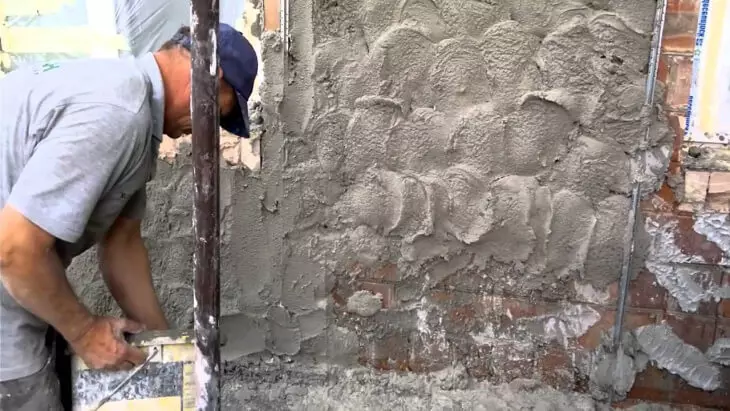
Plaster Wall
At the second stage, the coating of the soil can take place in several levels. One level of such a coating should not exceed 5 mm for cement, and 7 mm for lime and gypsum.
At the final stage, proceed to apply the corrupt series. This uses fine-flow material that provides the minimum level of wall roughness. The density of this tier should not exceed 2 mm.
The final, finishing step of plastering - grouting surfaces. It is made by hand, or with the help of a grinding machine that facilitates the work and reduces the time costs.
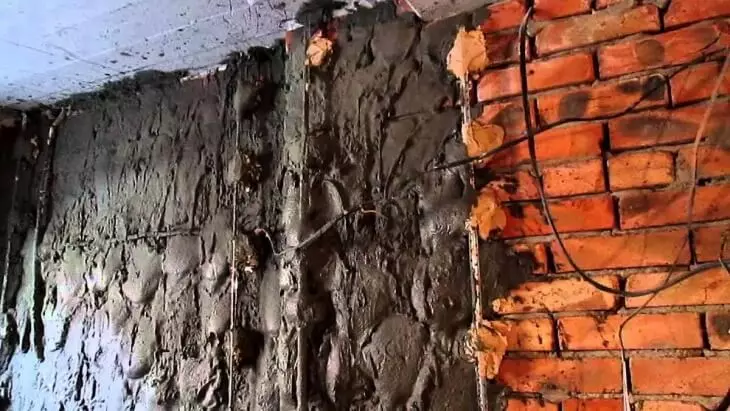
A large layer of plaster affects its drying
There are situations when it is necessary to apply a large plaster mortar. Causes can be different, but in most cases it is so made for leveling surfaces. The maximum cover should not exceed 5 cm, and only in emergency situations to apply 7 cm.
So that the large plastic plaster holds well, it is better to use a metal mesh (it serves to reinforce the solution).
To date, such types of plastering mixtures have already appeared on the construction market, which are characterized by their improved characteristics (a large number of binders are in the composition). They are capable without a grid well on the wall surface, even if the thickness of the applied solution is 7 cm.
Starting the wall alignment, you must understand that the application of a large layer of the plaster mortar carries the significant loss of the budget and reduces the strength of the structure.
The most suitable thickness for gypsum and lime is 15 mm, and for cement - 10. Such generally accepted norms are considered a compromise value that provides even and durable coverage and helps to avoid unnecessary cash costs.
Article on the topic: how to collect curtain with rings: guide
A more detailed consumption of building materials per 1 m2 is presented in the table.
| Materials | Composition of the solution in volume | |||||||
| Lime | Cement with lime | |||||||
| 1k2. | 1k2.5 | 1k3 | 1k4 | 1k1k4 | 1k1k6 | 1k2K8. | 1k1k9 | |
| Cement (kg) | — | — | — | — | 7.3. | 5,1 | 4.7 | 3.8. |
| Sand (kg) | 28. | 26. | 29. | thirty | 27. | 27. | 27. | 27. |
| Lime Dough (L) | 10 | 9.7 | 8,7 | 7.7 | 3. | 3. | 5,2 | 3. |
| Water (l) | four | five | 6. | 6. | five | five | five | five |
These are preliminary expenses that are designed for the average density of plaster. Therefore, to calculate the consumption of the material to the maximum tier, the flow rate must be divided into 25 and multiply the layer to the thickness of the layer.
Why use the maximum thick layer of plaster?
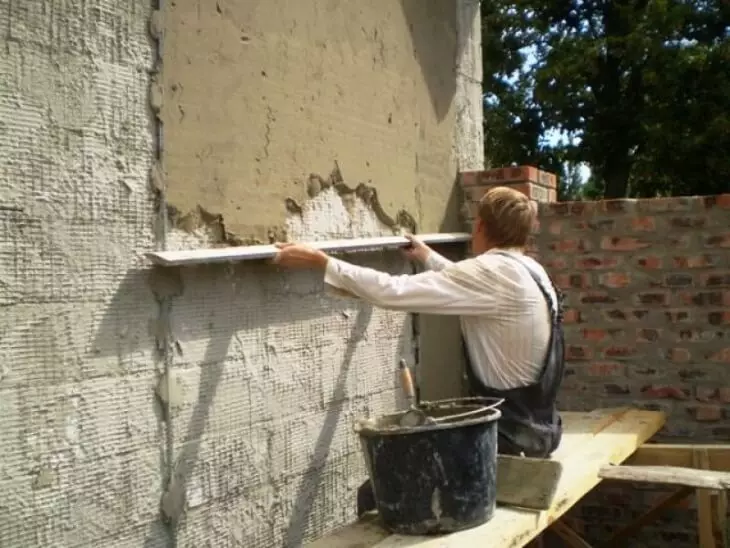
Plastering the wall at home with your own hands
When, during construction work, it comes to plastering, the question arises how much the solution layer can be applied, and which thickness is the most suitable.
So, the maximum possible layer of plastering mixture is 8 cm., And use such a thickness in the following situations:
- with strong irregularities on the surface of the walls;
- If you need to create an angle of 900;
- If the walls are not parallel.
If, after all, during the work you understand that you can not do without a large layer of plaster, lay the exhaust or welding grid, and after each tight tier, let's get enough time, and only then superimpose the next one.
